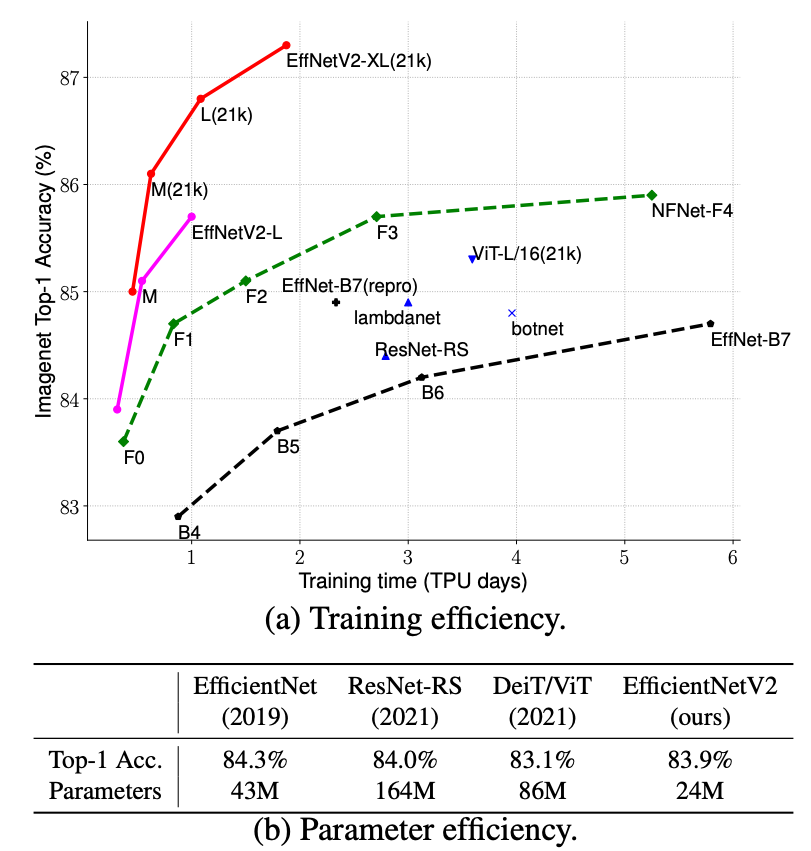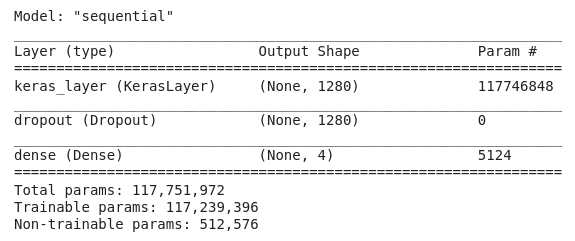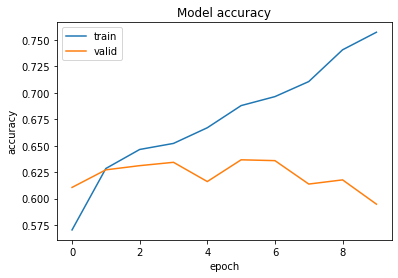Prepare data
SIIM-FISABIO-RSNA COVID-19 Detection is the competition that you’ll identify and localize COVID-19 abnormalities on chest radiographs. In particular, you’ll categorize the radiographs as negative for pneumonia or typical, indeterminate, or atypical for COVID-19. You and your model will work with imaging data and annotations from a group of radiologists.
The images are in DICOM format, Etrain convert image to JPG, you can download data in this notebook
In the Input section you download train_image_level.csv and train_study_level.csv. In the Output section you download meta.csv and train.tar.gz.
siim-covid
|-- train_image_level.csv
|-- train_study_level.csv
|-- train.tar.gz
|-- meta.csv
Extract train.tar.gz
!tar xzf file.tar.gz
Create train and valid dataset
import pandas as pd
train_image_level = pd.read_csv("/content/drive/MyDrive/Etrain/siim-covid/train_image_level.csv")
train_study = pd.read_csv('/content/drive/MyDrive/Etrain/siim-covid/train_study_level.csv')
# merge study csv
train_study['StudyInstanceUID'] = train_study['id'].apply(lambda x: x.replace('_study', ''))
del train_study['id']
train = train_image_level.merge(train_study, on='StudyInstanceUID')
train = train.rename(columns={
'Negative for Pneumonia': 'negative',
'Typical Appearance': 'typical',
'Indeterminate Appearance': 'indeterminate',
'Atypical Appearance': 'atypical'
})
def get_image_name(image_id):
image_name = image_id.split("_image")[0] + ".jpg"
return image_name
train["image"] = train["id"].apply(get_image_name)
EfficientNetV2
We use EffNetV2-L and efficientnetv2-l-21k-ft1k pretrained

import tensorflow as tf
import tensorflow_hub as hub
print('TF version:', tf.__version__)
print('Hub version:', hub.__version__)
print('Phsical devices:', tf.config.list_physical_devices())
# Build model
hub_url = 'gs://cloud-tpu-checkpoints/efficientnet/v2/hub/efficientnetv2-l-21k-ft1k/feature-vector'
image_size = 480
batch_size = 4
labels = ["negative", "typical", "indeterminate", "atypical"]
tf.keras.backend.clear_session()
model = tf.keras.Sequential([
# Explicitly define the input shape so the model can be properly
# loaded by the TFLiteConverter
tf.keras.layers.InputLayer(input_shape=[image_size, image_size, 3]),
hub.KerasLayer(hub_url, trainable=True),
tf.keras.layers.Dropout(rate=0.2),
tf.keras.layers.Dense(
len(labels),
kernel_regularizer=tf.keras.regularizers.l2(0.0001),
activation='sigmoid'
)
])
model.build((None, image_size, image_size, 3))
model.summary()

We use ImageDataGenerator to create the train and valid dataset. With the train dataset we use the data augmentation technique (horizontal_flip and vertical_flip).
datagen_kwargs = dict(rescale=1./255, validation_split=.20)
dataflow_kwargs = dict(target_size=(image_size, image_size),
batch_size=batch_size)
train_datagen = tf.keras.preprocessing.image.ImageDataGenerator(
horizontal_flip=True,
vertical_flip=True,
**datagen_kwargs)
valid_datagen = tf.keras.preprocessing.image.ImageDataGenerator(
**datagen_kwargs)
image_path = '/content/drive/MyDrive/Etrain/siim-covid/train'
train_generator = train_datagen.flow_from_dataframe(
train,
directory=image_path,
shuffle=True,
class_mode="raw",
color_mode="rgb",
x_col="image",
y_col=labels,
subset="training",
**dataflow_kwargs
)
valid_generator = valid_datagen.flow_from_dataframe(
train,
directory=image_path,
shuffle=False,
class_mode="raw",
color_mode="rgb",
x_col="image",
y_col=labels,
subset="validation",
**dataflow_kwargs
)
Train model and save the checkpoint with the minimum val_loss value
model_checkpoint = tf.keras.callbacks.ModelCheckpoint(
filepath="/content/drive/MyDrive/Etrain/siim-covid/efficientnetv2-l-21k-ft1k-study-level.h5",
monitor='val_loss',
save_best_only=True,
verbose=1,
mode='min'
)
model.compile(
optimizer=tf.keras.optimizers.SGD(learning_rate=0.005, momentum=0.9),
loss=tf.keras.losses.BinaryCrossentropy(from_logits=False, label_smoothing=0.1),
metrics=['accuracy']
)
hist = model.fit(
train_generator,
epochs=num_epochs,
validation_data=valid_generator,
callbacks=[model_checkpoint]).history

You can see this notebook to submit the prediction
